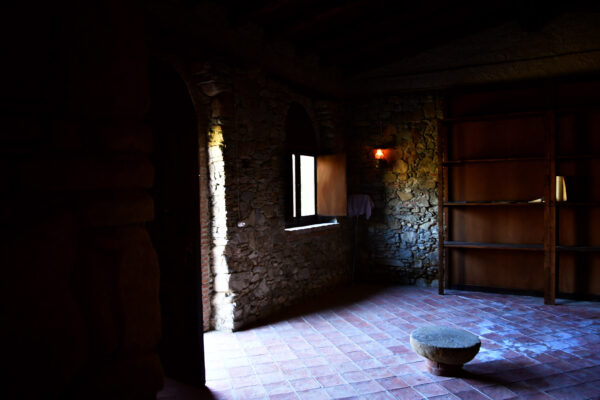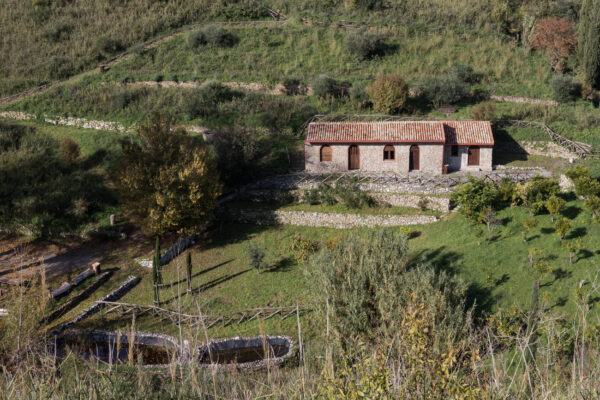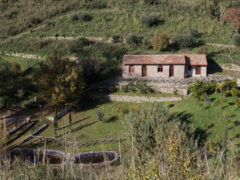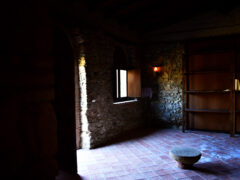Monastery of the Latin Basilian Sisters of S. Maria de Messana

It dates back to 1296. Largely restored, in the district” Nuns Plan” in the valley bottom of the village. However, the stay of the nuns on this site was short and around 1304, they were forced to abandon it, as it was too isolated and therefore easy prey for bad guys. Next to the monastery, in the ortus salutelis , the nuns dedicated themselves to herbal activities, mainly exploiting all the spontaneous plant varieties with medicinal virtues, medicinal herbs with the "signature” of Paracelsus and Saint Hildegard. Many of these signatures have been confirmed by scientific studies.
This ancient herbal knowledge was managed by nuns, who made the art of composing simples a particular occupation. The monastery, according to the Rule of the order, provided for the existence of "infirmarius”, that is, a God-fearing, diligent and prepared religious woman, responsible for the infirmary. Her task was to take care of the “or” with care and skillrtus salutes” where he cultivated the medicinal plants and herbs that would have been used to compose ointments and potions, decoctions and poultices, electuaries and remedies that the knowledge of the time allowed.
Next to the vegetable garden, this is how “the armaria pigmentariorum ", a primordial monastic pharmacy which, from the initial set of a few mortars and alembic, qualified itself to become a small pharmaceutical workshop, which was then taken over in the following years by the "curanderas” of the village.
In addition to their research and study activities, the nuns, with the aim of maintaining and passing on the heritage of knowledge, combined the activities of reproducing ancient treatises on medicine and botany, giving the medical art a place of great importance.
In fact, in every monastic site there were repertoires of medical works, alongside collections of herbariums on the strong influence of the famous Salerno Medical School (with which, as well as with the pharmacy museum of Roccavaldina, the village signed a protocol of agreement). Unfortunately, collections and repertoires have been destroyed over the years due to human negligence and repeated arson.
As an inheritance, the nuns left us in the monastery two strange stones, one circular in shape and one similar to a bollard, an “Omphalos” which in ancient times was considered sacred. Probably energy conduits that transmitted the intensity according to the negative and positive polarity, through the planetary energy grid, also because the place is aligned in the direction in which the sun rises on the longest day of the year, on the summer solstice, and it is embraced by two streams.
A pair of megalithic stones, which have nevertheless resisted the erosion of time and the assaults of modern man for centuries, are all that remains of a society that has been erased.
Of course, the sacred places were not chosen at random, they are the reflection of an ancient philosophical and astronomical energy system widespread throughout Europe.
The sacred nature of this site is evident to every visitor, but its spiritual value is probably still partly to be discovered.
The oral stories of the emigrants claimed that this activity practiced by the nuns, with medicinal herbs, was encouraged and supported by the presence on the adjacent hill "snake head and tail “from a hermit, an ancient”curanderos” of Spanish-Jewish origin, which seems to have been fundamental for the knowledge and dissemination of herbal therapeutic properties.
Source: text provided by Orazio Bisazza
Card insertion: Ignazio Caloggero
Information contributions: Web
Photos: provided by Orazio Bisazza
Dedicated web area of La Sicilia in Rete: Borgo Pantano online





